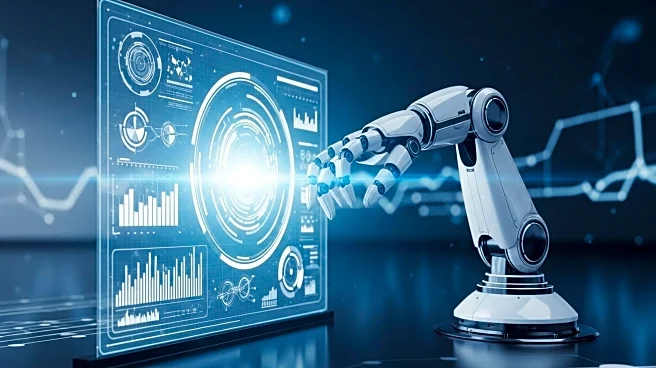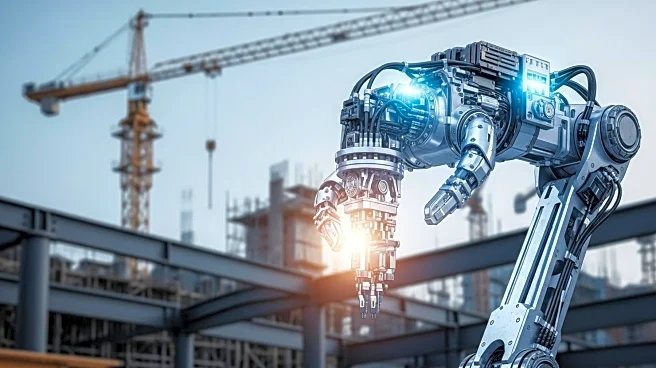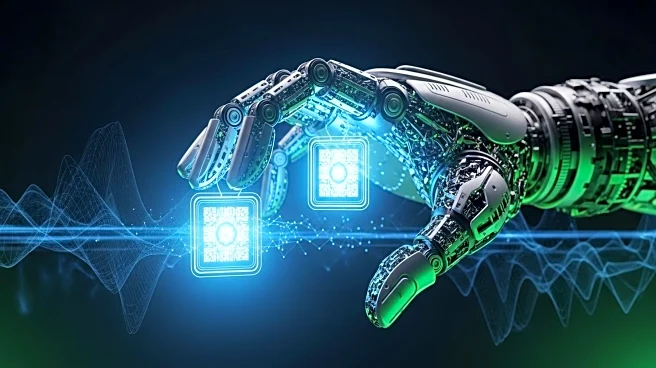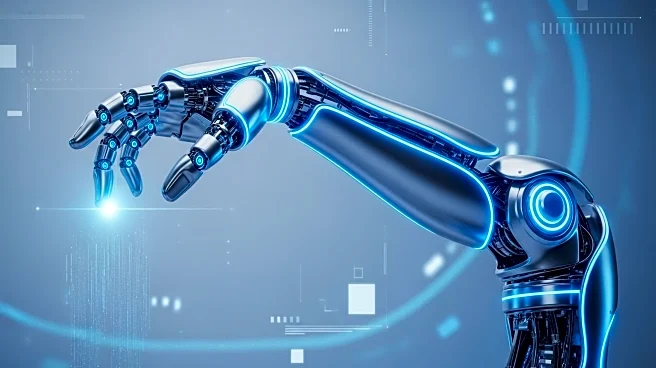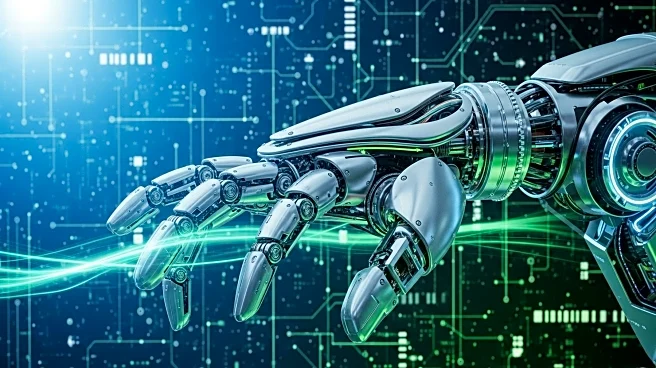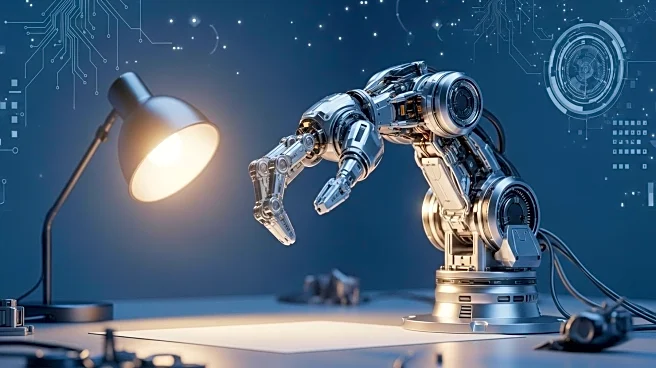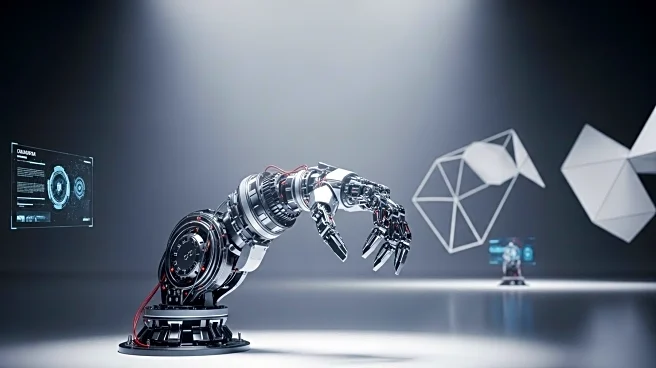Rapid Read • 7 min read
At the IEEE International Conference on Robotics and Automation (ICRA) in Atlanta, MIT roboticists engaged in a debate on whether data or models will drive the future of robotics. The discussion highlighted a divide within the robotics community, with some experts advocating for data-driven approaches powered by machine learning, while others emphasized the importance of mathematical models and theoretical understanding. The debate featured prominent figures from MIT's Computer Science and Artificial Intelligence Laboratory (CSAIL) and international colleagues, focusing on the role of data in enabling robots to adapt to real-world tasks and environments.
AD
The debate underscores a critical question in robotics: how to best equip robots to handle complex, unpredictable tasks. Data-driven approaches promise adaptability and robustness, allowing robots to learn from real-world experiences. However, reliance solely on data may lead to brittle systems lacking deep understanding. The discussion reflects broader challenges in AI and robotics, where balancing empirical data with structured models is crucial for developing reliable, safe, and efficient robotic systems. This has implications for industries relying on automation, as the right approach could enhance productivity and innovation.
The robotics community is likely to continue exploring hybrid approaches that integrate data-driven learning with structured models. This could lead to advancements in robot capabilities, enabling them to operate effectively in diverse environments such as homes and hospitals. Future conferences and research may focus on refining these methods, with stakeholders from academia and industry collaborating to address the challenges of real-world robot deployment.
The debate highlights ethical and safety considerations in robotics, particularly in applications involving human interaction. Ensuring robots can safely and effectively perform tasks in dynamic environments requires careful consideration of both data and models. This ongoing discourse may influence regulatory frameworks and industry standards, shaping the future of robotics and automation.
AD
More Stories You Might Enjoy
